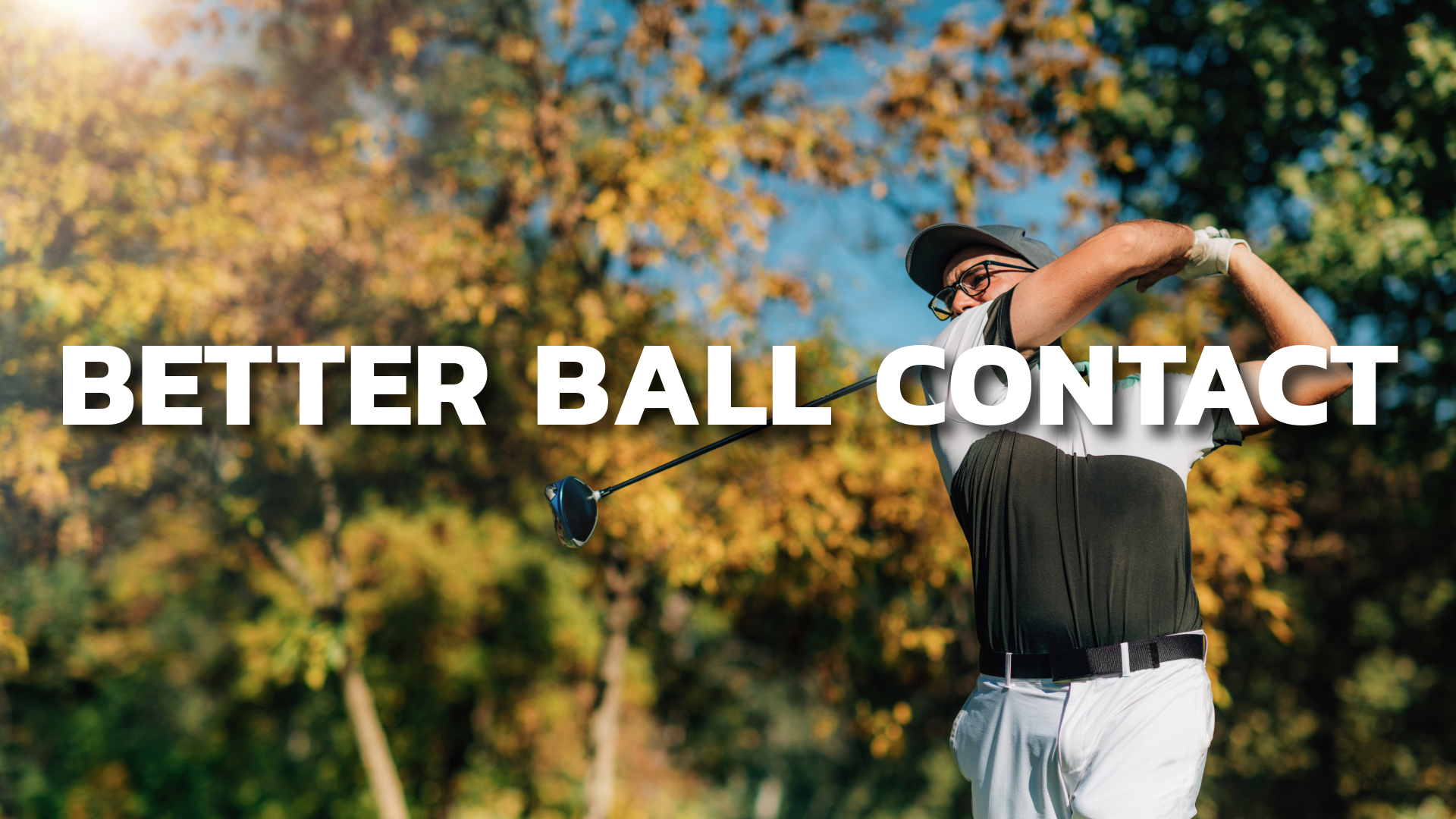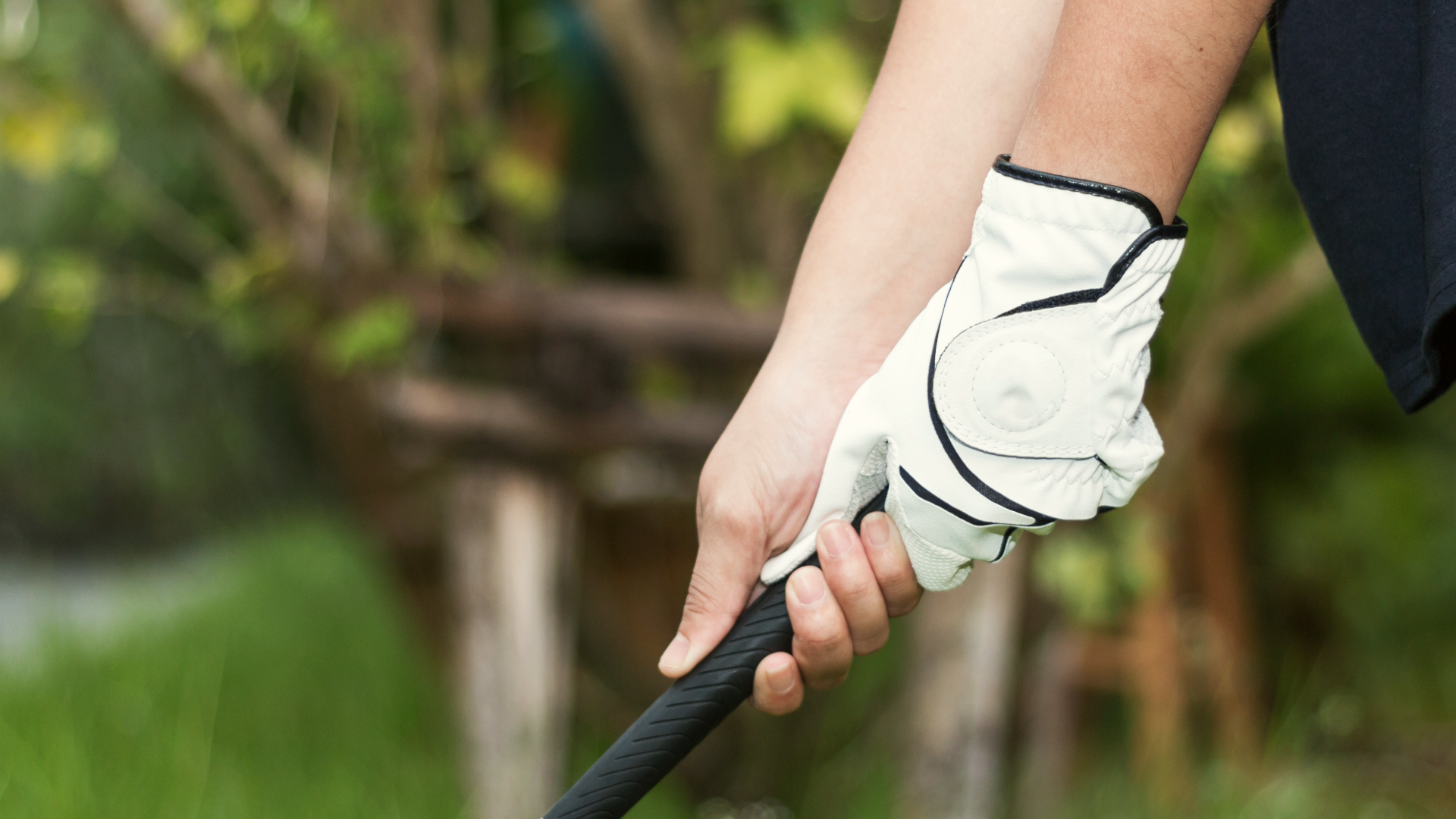
For beginner golfers, there are few swing issues more frustrating—or more common—than an open clubface. Whether it’s a slice off the tee, a thin iron that floats weakly right, or just a general feeling of inconsistent contact, an open face at impact is often the root of the problem.
Understanding why the clubface is open in the first place, and knowing how to fix it, is a game-changer. Not only will it help you eliminate that dreaded slice, but it can also help you strike the ball more solidly, compress your irons, and control your ball flight with more consistency.
Let’s break down what causes an open clubface, how it affects your ball flight and contact, and what adjustments you can make to square the clubface more often—especially during those key moments in the swing.
What Is an Open Clubface?
At the basic level, an open clubface means the clubhead is pointing to the right of your intended target (for a right-handed golfer) at impact. This misalignment is often the biggest contributor to slices, pushes, and inconsistent contact.
But here’s the key: the face being open at impact usually starts much earlier in the swing. If you’re not aware of what your face is doing at setup, takeaway, and the top of your backswing, you’re leaving a lot to chance by the time you reach the ball.
This YouTube video showcases a quick and easy way to open your clubface, if video tutorials are more your speed:
Here, we’ll go over the common reasons you might end up with an open face at impact—many of which start before the club even moves.
Mistake #1: Not Checking The Face Angle at Address
Many golfers set up with the face slightly open or closed without even knowing it—especially with longer clubs like hybrids or fairway woods.
The Fix: Double-Check Your Setup
Start by squaring the face visually before every shot. Don’t assume your clubface is square, but be sure to look down and align it to your target.
A lot of amateur players simply don’t know where the face is throughout the swing. That’s not a knock—it’s a skill that needs to be learned, just like grip pressure or tempo.
The problem is, a lot of training aids don’t give you feedback when your face is open. That’s why it often goes unnoticed until the ball is already in the air. This alone can fix some directional issues instantly. Don’t rely on feel alone!
Mistake #2: Weak Grip

A weak grip—where both hands are rotated too far toward the target—can make it harder to square the face at impact. It often leads to early face opening in the takeaway and a loss of wrist control at the top.
Not sure if your grip is too weak? Look down at your lead hand (left for right-handed golfers)—if you can’t see at least two knuckles, you may be setting yourself up to fight an open face before ever starting your swing.
The Fix: Strengthen Your Grip
Most instructors notice the same issue with the majority of amateur golfers—a weak grip. Not only does it contribute to an open clubface, but it also limits your ability to generate power and distance.
To fix it, try strengthening your grip slightly. Rotate your lead hand (left hand for right-handed players) so you can see 2–3 knuckles at address. Then check the “V” between your thumb and forefinger on both hands—it should point somewhere between your trail shoulder and ear.
This simple tweak can make it much easier to square the clubface and hit more solid, powerful shots.
Mistake #3. Poor Wrist Angles
Another cause of an open face is cupping the lead wrist during the backswing. This opens the clubface and makes it difficult to recover on the downswing.
Flat or slightly bowed wrists help maintain a square face and allow for better shaft lean and compression through impact. Check the lead position at the top of your backswing to ensure improper wrist angles are leading to an open clubface at impact.
The Fix: Train Wrist Angles
Work on flattening your lead wrist during the backswing and at the top. A flat (or slightly bowed) lead wrist helps keep the clubface square—or even slightly closed—and puts you in a stronger position to rotate and compress through impact.
To train this move, try slow-motion swings in front of a mirror, stopping at the top to check your wrist angle.
Mistake #4. Rolling the Club Open in the Takeaway
Many golfers unknowingly roll the face open early by rotating their forearms or letting the toe point straight up at waist height. This sets the club on a poor path from the beginning and forces you to rely on timing to get the club square at impact.
The Fix: Get Feedback
Instead, the goal is to keep the face more square to your spine angle with a connected takeaway. Using training aids like the StraightAway can help improve your takeaway for a better backswing.
Mistake #5. Over-the-Top Move
If your downswing path is steep or comes from outside, it often pairs with an open face and leads to slices or pulled fades. This is often a compensation for poor face position earlier in the swing.
In fact, studies have shown that face angle accounts for over 80% of ball direction with drivers. Even if your path is neutral, an open face will send the ball curving right. And if the face is open and your path is steep or out-to-in? Say hello to a banana slice that plagues so many golfers.
But here’s the good news: when you learn how to control the face throughout the swing, your contact improves automatically.
The Fix: Improve Awareness with Key Checkpoints
As mentioned in our recent post on swing checkpoints, your takeaway (P2), halfway back (P3), and top of backswing (P4) are critical for managing clubface orientation. Mastering these positions helps prevent the face from opening early and builds the muscle memory needed for better contact.
A Smarter Way to Train Clubface Control: Enter The Hinge

While all of the tips above are helpful, one of the fastest ways to fix an open face is through immediate feedback—and that’s where The Hinge shines.
This new golf training aid is a hittable 7-iron with a mechanical hinge built into the shaft. If your face opens too much during the swing, or if your wrist angles or tempo are off, the club literally breaks down—giving you instant, physical feedback.
Here’s why it works so well:
- Square face = solid hinge.
- Open face or poor wrist angles = club breaks down mid-swing.
It’s one of the few training tools that not only shows you what’s wrong—but actually physically prevents you from repeating the mistake. And because it’s a hittable training aid, you can work on your swing at full speed, not just in slow-motion or rehearsed drills.
Whether you’re working on takeaway, wrist positions, tempo, or all of the above, The Hinge helps you feel and fix the root cause of poor contact.
Avoiding and Open Clubface for Better Contact
If you want better contact, straighter shots, and fewer slices, start with your clubface control. Most golfers obsess over their swing path, takeaway, or even their follow-through—but clubface angle at impact is the #1 factor that determines where the ball goes.
It’s the foundation of solid ball striking and will transform your game. By understanding why the face gets open and training smarter with tools like The Hinge, you can build a more consistent swing—one that delivers the club squarely to the ball again and again.

